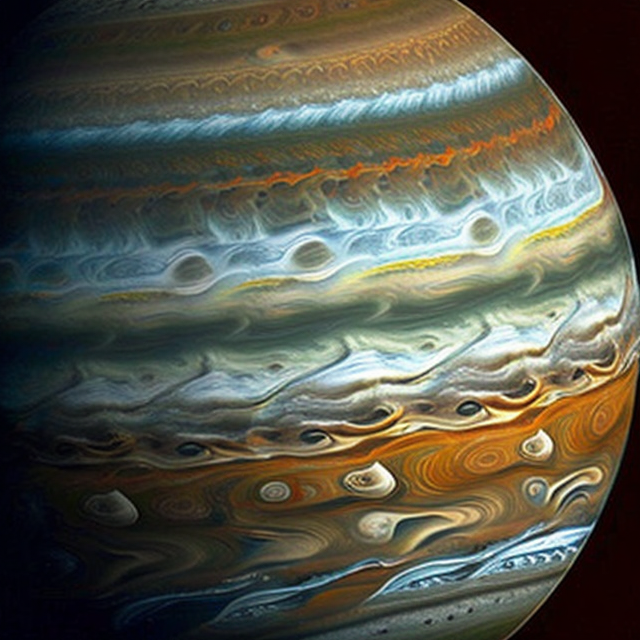|
|
Space Astro
|
Info for exoplanet "Hedosa"
| Scientific (actual) data |
|---|
| Name | K2-318 b |
| Planet status | Confirmed |
| Radius | 0.148 |
| Orbital period | 7.01 |
| Semi major axis | 0.0911 |
| Inclination | 89.38 |
| Discovered | 2020 |
| Updated | 2021-02-05 |
| Tconj | 2458000 |
| Impact parameter | 0.4 |
| Temperature (kelvin) | 456 |
| Publication | Published in a refereed paper |
| Detection type | Primary Transit |
| Alternate names | 2MASS J15294714-1733261 b, EPIC 249826231 b, TIC 335322931 b, WISE J152947.09-173326.6 b |
| Star name | K2-318 |
| Right ascension | 232.45° |
| Declination | -17.56° |
| Mag j | 12.042 |
| Mag h | 11.341 |
| Star distance | 148.49 |
| Star mass | 0.56 |
| Star radius | 0.55 |
| Star temperature | 3851 |
| Star alternate names | 2MASS J15294714-1733261, EPIC 249826231, TIC 335322931, WISE J152947.09-173326.6 |
| Wikipedia article | K2-318 b |
Back
| |
| Fictional info (?) |
|---|
| Suggested name | Hedosa |
| Planet type | Terrestrial |
| It is a terrestrial planet with a mass one-thousandth that of K2-318, but two-and-a-half times that of all the other planets in its solar system combined. It is the coldest planetary atmosphere in its solar system, with a minimum temperature of 65°K (-208°C), and has a complex, layered cloud structure with water thought to make up the lowest clouds, and carbon dioxide the uppermost layer of clouds.
.
Because of its fast rotation, the planet's shape is that of an oblate spheroid (it has a slight but noticeable bulge around the equator).
Planet is populated by strange and ultra advanced plants called the "Bikito Hyo". They survive on the surface by killing another species called Hyukyu-gyabyu that lives there. They are believed to be related to Bukona and have scales and vary in size from 40 to 50 cm. The Bikito Hyo are known to thrive at temperatures from -80 to -20°C but are killed by the acidic environment which is common near the poles. |
| Estimated population | 19000000000 |
| Atmosphere | Carbon dioxide | 38% |
| Water | 34% |
| Methane | 23% |
| Oxygen | 4.2% |
| Atmospheric pressure | 90 bar |
 |
| No known satellites |
| Google search for Hedosa |
|
Website by Joachim Michaelis
|
|
|
|